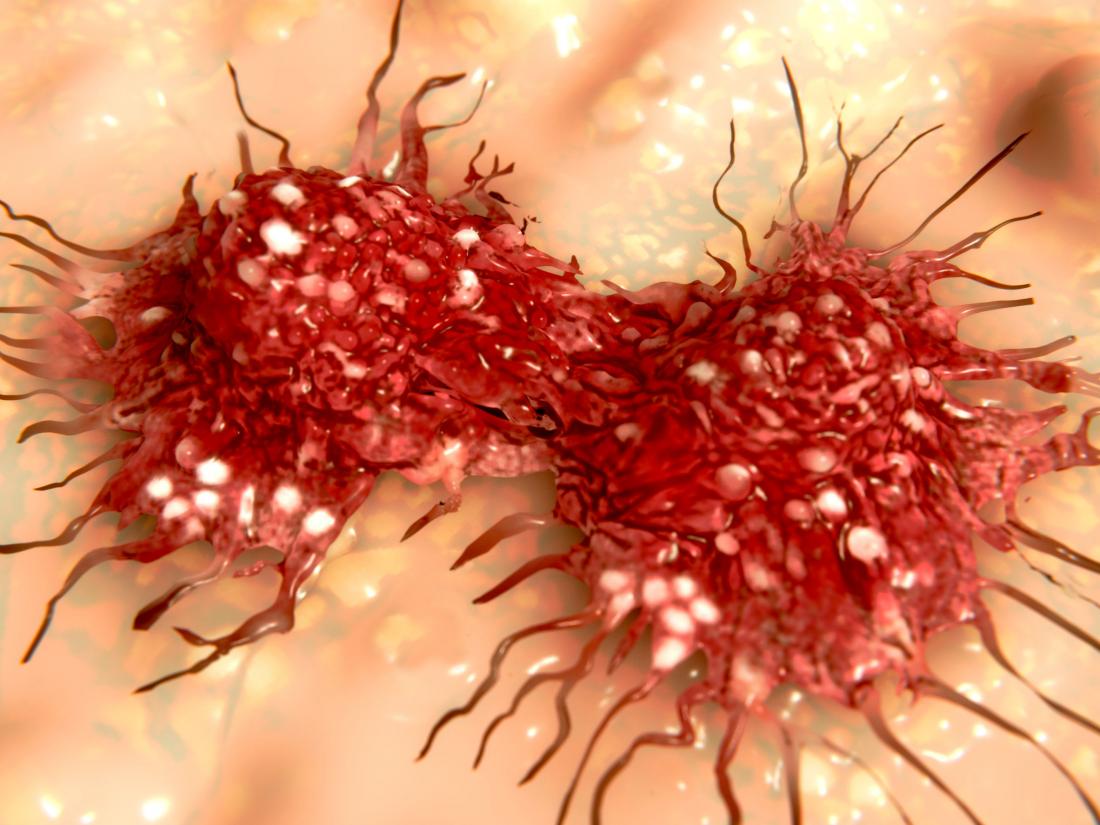The most common male cancer in Asia is lung cancer. For Asian women, breast cancer is the most common, but cervical and liver cancers occur more frequently than in other regions of the world.
While other studies have focused on specific cancers or countries, researchers at the University of Malaya in Kuala Lumpur collected statistics on cancer type, sex and income in 47 countries and synthesised the numbers into a cohesive picture of cancer in Asia.
Asia has about half the cancer incidence rate of North America (152.2 cases/100,000 person-years versus 315.6 cases/100,000 person-years). However, the ratio of cancer deaths to the number of new cancer cases in 2012 was much higher in Asia (0.66) than in North America (0.33). Only in Africa are cancer patients more likely to die (0.73).
Within Asia, there is great variation in cancer incidence and survival rates. Residents of the western and eastern regions are more likely to get cancer than people in the south-central and south-eastern regions. Researchers suspect differences in drinking and smoking habits play a key role.
However, cancer patients in poorer, less developed regions are less likely to survive than in richer, more developed areas due to lack of resources for screening and treatment.
Asia follows most global trends for common types of cancers, with some key differences. For example, the most common male cancer in Asia is lung cancer, while in the West it is prostate cancer. For Asian women, breast cancer is the most common, but cervical and liver cancers occur more frequently than in other regions.
Even though cervical cancer has a long latency period and effective screening methods, more women die from it in Asia than in the West. India alone accounts for 27% of global cervical cancer deaths, which may be due to the unavailability of screening.
The researchers used the latest cancer statistics in the GLOBOCAN 2012 database for this study, but note that more systematic and accurate data collection is necessary to track and manage the potential “cancer epidemic” in Asia as the population expands and develops.
For further information contact:
Professor Chirk Jenn Ng
Department of Primary Care Medicine, University of Malaya, Malaysia
E-mail: [email protected]



